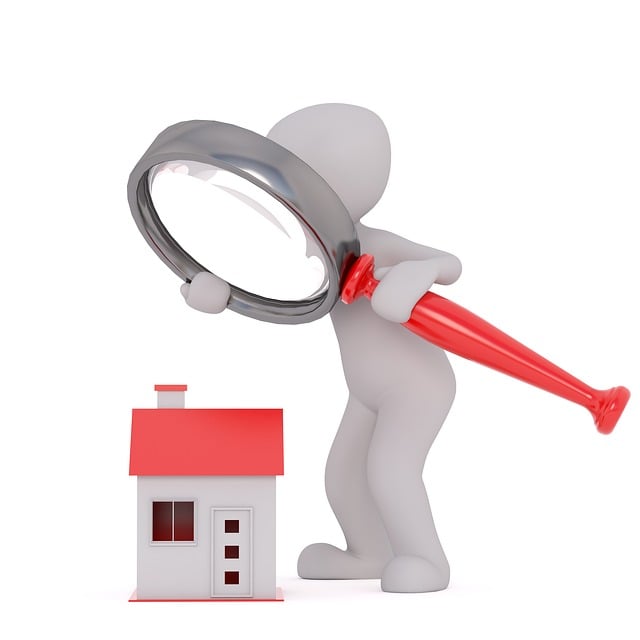The Singapore property market is a dynamic, global hub influenced by economic growth, government regulation (via HDB schemes and cooling measures), and demographic shifts. Understanding its cyclical nature – with boom and bust periods linked to GDP, unemployment, and global events – is crucial for informed buying decisions ("Buying Property In Singapore"). Analyzing historical trends enables buyers to navigate market fluctuations strategically, timing purchases for optimal value or selling during peaks to avoid downturns.
Understanding market cycles is crucial for anyone looking to buy property in Singapore. This dynamic city-state boasts a unique real estate landscape, shaped by factors like government policies, economic growth, and global trends. By grasping the key drivers and influencers, investors can navigate the cyclical nature of the market effectively. This article delves into the intricacies of Singapore’s property cycles, offering insights on timing purchases and long-term investment strategies for savvy buyers.
- The Singapore Property Market: An Overview
- – Understanding the unique characteristics of the Singapore property market
- – Key drivers and influencers
- Identifying Market Cycles: A Closer Look
The Singapore Property Market: An Overview
The Singapore property market is renowned for its vibrancy and dynamism, attracting both local and international investors alike. Buying property in Singapore involves navigating a landscape that is heavily influenced by government policies and economic trends. The city-state’s unique positioning as a global financial hub and its stable political environment have contributed to a consistent demand for residential properties. Over the years, the market has experienced cycles of boom and bust, offering both opportunities and challenges for prospective buyers.
Understanding these cycles is crucial for anyone looking to invest in buying property in Singapore. The market typically follows a pattern of rising prices during periods of economic growth and optimism, followed by a cooling down phase when sentiment shifts or external factors such as global economic downturns impact local real estate. Staying informed about these trends can help buyers make strategic decisions, ensuring they secure properties at competitive prices or time their purchases for optimal market conditions.
– Understanding the unique characteristics of the Singapore property market
The Singapore property market is renowned for its dynamic nature, presenting both opportunities and challenges for buyers. Understanding its unique characteristics is paramount when considering Buying Property In Singapore. This market is heavily influenced by robust economic growth, a highly urbanized population, and significant foreign investment, driving up demand and prices. The government also plays an active role in regulating the sector through various policies, such as the Common Sale Scheme (CSS) and the Private Housing Development (PHD) regulations, which impact accessibility and pricing.
The market’s fluctuations follow distinct cycles, influenced by global economic trends, domestic policies, and local factors. Buyers should be attuned to these cycles, anticipating peaks and troughs in property values. For instance, periods of economic expansion often lead to a rise in real estate prices as more people seek to invest or own homes. Conversely, economic downturns might result in a temporary drop in demand, potentially offering buyers an advantage with lower prices and increased negotiation room.
– Key drivers and influencers
The market for buying property in Singapore is a dynamic ecosystem, influenced by a myriad of factors that create cyclical patterns. Key drivers include economic indicators such as GDP growth, unemployment rates, and inflation, which can significantly impact housing affordability. Government policies play a pivotal role too; initiatives like the Housing Development Board (HDB) schemes and private property cooling measures are designed to regulate the market and ensure stability.
Demographic shifts, like population growth and changing preferences for urban living, also drive demand. Additionally, global events such as financial crises or economic booms can reverberate through the local real estate scene. Understanding these drivers is crucial for anyone navigating the complex landscape of buying property in Singapore, enabling them to make informed decisions amidst market fluctuations.
Identifying Market Cycles: A Closer Look
Understanding market cycles is a crucial aspect of buying property in Singapore, as it allows investors and buyers to make informed decisions based on trends and forecasts. By closely examining historical data and economic indicators, one can identify patterns that repeat over time, creating distinct phases or cycles. These cycles typically include periods of growth, stagnation, or decline in the real estate market.
In Singapore, where the property market is known for its stability yet fluctuations, identifying these cycles becomes even more valuable. For instance, buyers might recognize a growing phase characterized by increasing property values and higher demand, often driven by economic prosperity and government initiatives. Conversely, a stagnation cycle could signal a cooling-off period, influenced by factors like interest rate changes or supply overshoot. Recognizing such cycles enables potential buyers to time their entries or exits strategically, potentially securing better deals during slower periods or missing out on significant price appreciation in boom times.
Buying property in Singapore requires a deep understanding of its unique, dynamic market cycles. By grasping the key drivers and influencers, investors can navigate the fluctuations effectively. This knowledge allows for informed decisions, ensuring success in what is one of Asia’s most vibrant real estate markets.
